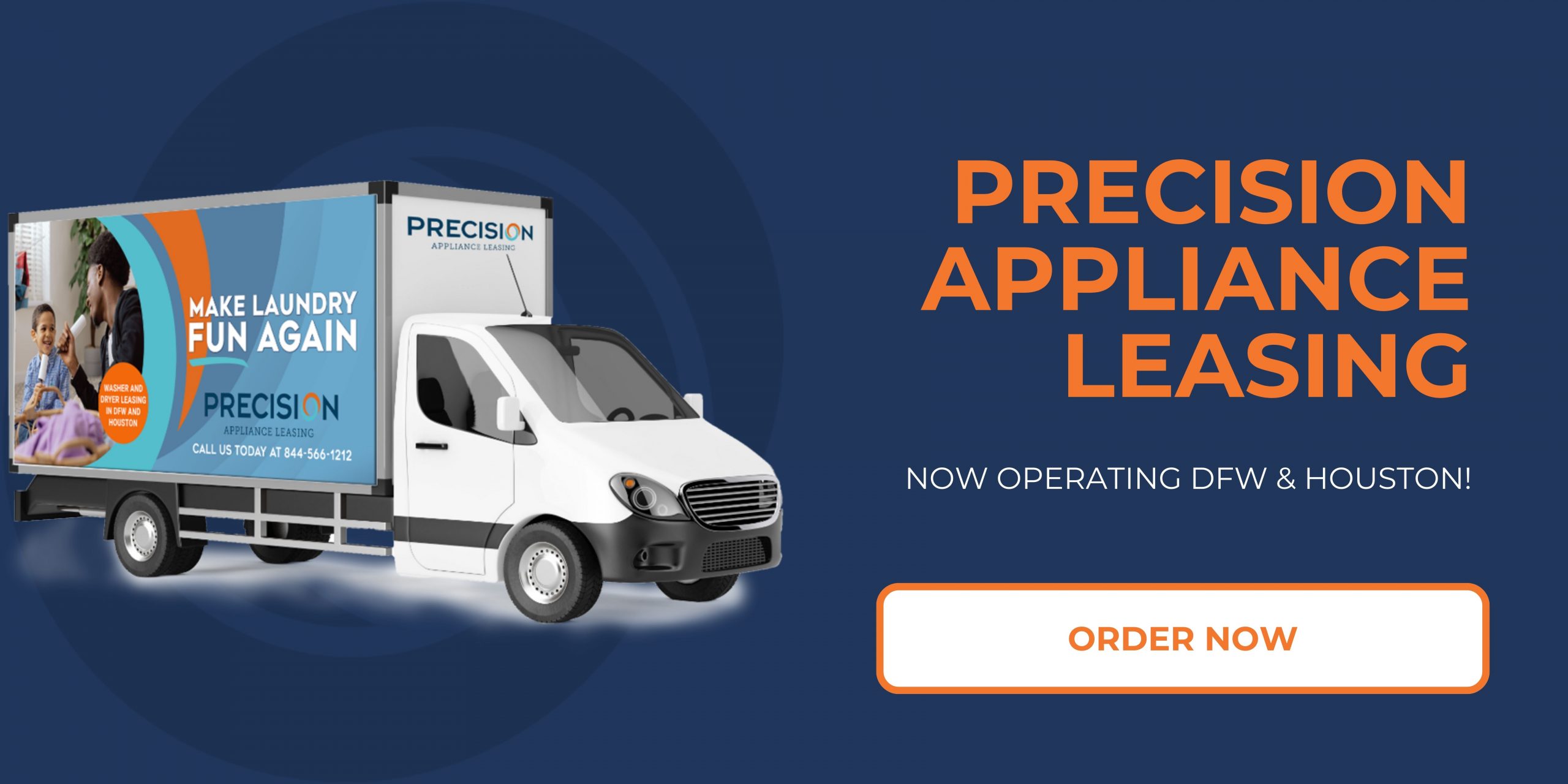How to Calculate the ROI of Renting Laundry Machines
In today’s fast-paced apartment living and increasingly urbanized lifestyle, the convenience of on-site laundry facilities has become a significant amenity for both landlords and tenants. For property managers and owners, the decision to rent laundry machines represents a strategic investment that can enhance property value, improve tenant satisfaction, and generate additional income. However, as with any investment, it is crucial to understand the financial implications and the potential return on investment (ROI) associated with renting laundry machines.
Calculating the ROI of renting laundry machines involves a comprehensive analysis of various factors, including initial costs, ongoing expenses, income generated from laundry services, and tenant usage rates. By breaking down these elements, property owners can make informed decisions that align with their financial goals and operational needs. Understanding how to accurately assess the ROI not only aids in financial planning but also assists in negotiating better rental terms and optimizing service contracts with laundry machine providers.
Furthermore, this calculation goes beyond mere numbers; it reflects the broader implications for the property’s appeal and competitiveness in the rental market. Properties that offer convenient laundry access are more likely to attract and retain tenants, thereby reducing vacancy rates and increasing profitability. Consequently, evaluating the ROI of renting laundry machines becomes essential not just for financial management but also for enhancing the overall tenant experience. This multifaceted approach ensures that property owners maximize their investment potential while catering to the needs of their residents, creating a win-win scenario for all parties involved.
Initial Investment and Costs
When evaluating the ROI (Return on Investment) of renting laundry machines, the initial investment and costs associated with acquiring the machines are critical factors to consider. The initial investment typically includes the cost of purchasing or leasing the laundry machines, installation fees, and potentially upfront costs for any necessary renovations or adaptations to the space where the machines will be located. Understanding these costs is essential, as they set the baseline for future returns on investment.
Moreover, the costs can be more extensive than just the price of the machines themselves. You also need to consider additional expenses, such as delivery charges, any required utility upgrades (for water or electrical systems), and possibly licensing or permitting fees depending on local regulations. These initial outlays can significantly impact your cash flow in the short term, so it’s crucial to comprehensively calculate and document these expenses.
Calculating ROI for these machines involves assessing both horizontal and vertical costs against the expected income. A detailed analysis might include forecasting the expected usage rates, potential customer bases, and competitive pricing structures. By estimating how many loads will be washed and dried on average and at what price, one can create a model illustrating how long it will take to break even on the initial investment.
In summary, the initial investment and associated costs form the foundation of the ROI calculation for renting laundry machines. Taking a deep dive into these figures not only allows investors to understand their immediate financial obligations but also enables them to plan strategically for long-term profitability as they calculate the anticipated returns based on revenue generation and operating metrics. Understanding every facet of these initial costs helps in making informed decisions that affect not only the financial viability of the project but also operational sustainability in the competitive laundry market.
Revenue Generation Potential
When considering the rental of laundry machines, the revenue generation potential is a critical aspect to evaluate. This involves understanding how much income can be expected from renting out these machines over a certain period. The primary source of revenue comes from the fees charged for machine usage. For example, if a laundry machine is rented out at a set price per cycle, the revenue can accumulate significantly, especially in high-demand locations such as apartment complexes, dormitories, or near universities and busy residential areas.
To accurately assess revenue potential, operators should conduct a thorough market analysis to determine competitive pricing strategies while ensuring they remain attractive to potential renters. Factors such as the cost variability based on machine type (e.g., washer vs. dryer) and the prevalence of similar services in the area should be considered. Utilities in the area, particularly electricity and water costs, also play a role, as they can affect pricing and thus revenue. If rental prices are set too high, customers may opt for alternative laundry solutions, while prices set too low might create an unsustainable business model.
Furthermore, it is also essential to account for the potential volume of customers using the machines. This estimation of machine usage can significantly influence revenue. For instance, if a laundry machine sees high traffic and is used frequently throughout the day, the cumulative rental income can be substantial. In contrast, machines in low-traffic areas may not generate the expected revenue. Continuous monitoring of usage patterns can help adjust rental pricing or marketing strategies to maximize profitability.
An often-overlooked component of revenue generation is leveraging additional services or upselling. Offering laundry products, such as detergents or fabric softeners, or providing different payment methods, can enhance overall revenue. Additionally, promotions or package deals for regular renters can also encourage consistent usage, thereby increasing revenue over time. Ultimately, the revenue generation potential of renting laundry machines is not solely about pricing but a combination of market strategy, customer behavior, and operational efficiencies that can significantly affect the bottom line.
Operating Expenses and Maintenance
When considering the financial viability of renting laundry machines, it is crucial to analyze the operating expenses and maintenance costs associated with these machines. These costs can significantly affect the overall profitability of the venture, influencing the return on investment (ROI). Operating expenses generally include utilities, supplies, and any costs directly associated with the rental operation. For instance, water and electricity consumption can vary widely depending on the usage patterns, and understanding these costs is key to effective financial planning.
Furthermore, maintenance expenses must be factored into the equation. Regular maintenance is essential to ensure that the laundry machines operate efficiently and reliably. This can involve routine servicing, repairs, and any necessary replacement of parts over time. A well-maintained machine not only extends its lifespan but also minimizes downtime, thus maximizing revenue generation. Neglecting maintenance can lead to costly breakdowns and lost income during periods when machines are out of service.
In addition to direct expenses, other indirect costs may rise with the operation of laundry machines. These can include insurance, property taxes, and potential licensing or permit fees required to operate a commercial laundry service. Keeping a detailed account of all possible expenses related to operating the laundry service is vital for calculating the net profit generated from renting these machines.
Ultimately, understanding operating expenses and maintenance is a fundamental step in calculating ROI. By accurately estimating these costs, business owners can develop forecasts that guide their decisions on pricing, machine selection, and overall strategy for the laundry rental service. A thorough analysis will not only help in forecasting profitability but also in identifying areas where cost-saving measures can be implemented, thereby improving the bottom line.
Lifespan and Depreciation of Machines
When considering the rental of laundry machines, understanding the lifespan and depreciation of the machines is critical to calculating return on investment (ROI). The lifespan of laundry machines can vary based on factors such as the brand, model, frequency of use, and the level of maintenance they receive. Commercial laundry machines are typically designed for intensive use and may last anywhere from 7 to 15 years, depending on their build quality and how well they are maintained.
Depreciation refers to the reduction in value of the machines over time due to wear and tear and obsolescence. For rental businesses, knowing the depreciation schedule helps in accounting for the machines’ declining value in financial statements and calculating the effective cost. For tax purposes, the IRS allows for different types of depreciation methods, such as straight-line depreciation, where the cost of the asset is evenly spread over its useful life, or accelerated depreciation methods that allow for higher deductions in the earlier years.
To estimate ROI when renting out laundry machines, consider their initial cost, expected lifespan, and the depreciation rate you select. The formula for ROI is relatively straightforward: it involves comparing the net profit generated from the rental income to the total investment cost, which includes the initial purchase price of the machines adjusted for depreciation. By accurately assessing how long the machines are expected to be productive and financially viable, as well as how quickly they might lose value, business owners can make informed decisions about pricing, the volume of machines to purchase, and the financial planning necessary to ensure profitability throughout the machines’ operational life.
Furthermore, understanding depreciation can help businesses prepare for future capital replacement needs. As machines age and become less efficient or reliable, the cost of repairs may start to exceed the cost of renting new machines, impacting the overall profitability. Therefore, it’s essential for operators to monitor machine performance closely and perform regular assessments on when it might be most cost-effective to replace aging equipment.
Market Demand and Competition Analysis
Market demand and competition analysis are critical components in evaluating the potential success and profitability of renting laundry machines. Understanding the demand in the target market helps operators make informed decisions about the number of machines to rent, the types of machines needed, and pricing strategies. High demand can indicate a lucrative opportunity, while low demand may suggest the need for a different approach or market location. It is essential to analyze demographic factors such as population density, the presence of schools or apartment complexes, and the target audience’s income levels. Each of these aspects can significantly influence the demand for laundry services.
Additionally, competition analysis is just as crucial in determining the feasibility of entering or expanding in a market. Competitors may provide various laundry services, such as self-service laundries, washing services, or commercial laundry solutions, and understanding their offerings allows an operator to identify gaps and niches within the market. This could lead to valuable differentiators, such as providing advanced machines, eco-friendly options, or superior customer service. Assessing competitors’ pricing structures and service offerings can help inform the pricing strategy and market positioning for the rental service.
Combining insights from both market demand and competition analysis can lead to a robust business strategy. If demand is high but competition is low, the operator may establish a strong foothold while possibly benefiting from premium pricing. Conversely, should both demand and competition be high, operators may need to invest more in marketing strategies or enhanced service offerings to capture market share. Overall, a comprehensive understanding of market dynamics is pivotal for success in renting laundry machines, informing everything from investment decisions to pricing structures and potential marketing strategies.


